5G is ready for businesses, but they might not be ready for it

Just recently, experts at Hannover Messe 2025 made one thing clear: the proof-of-concept phase for industrial 5G is done. But even though full-scale deployment is moving forward, industries are still hitting roadblocks – especially when it comes to cost, use case justification, device support and overall awareness.
A new report reveals that during two dedicated sessions on 5G and industrial wireless, operators shared examples of real-world 5G deployments – from steel plants to wastewater facilities – proving the tech works.
Still, the general consensus was that there is a long road ahead before industrial 5G hits mainstream adoption. The biggest hurdles? Complexity and cost. Many still see 5G as expensive and hard to justify, even though the returns might be there if you look closely.
Mueller also pointed to a lack of awareness, especially among mid-sized businesses, about what 5G infrastructure can actually deliver. In short, there's still a major need for education and more success stories.
Moving on. Siemens' Daniel Mai called 5G "proven" and said most of his clients are exploring how to use it – though the current economic climate is slowing things down.
However, he sees big opportunities in large-scale industrial spaces where traditional wiring is just too expensive. Still, Mai called out challenges like the lack of native 5G support in many devices and the fragmented spectrum rules globally.
Next up, Ericsson's Duncan Hawkins added that internal company structure can also get in the way – specifically, who owns the 5G rollout: the IT team or the OT team? This disconnect, combined with budget cycles, is making it harder to move forward unless there is strong education.
Despite these hurdles, momentum is building. Vodafone emphasized the value of not just one killer use case but a variety of evolving applications that help make 5G investments more worthwhile. And in the US, Verizon says trials are over – it is now seeing full deployments, especially when companies start with something simple and build out from there.
Verizon just rolled out something fresh to help businesses out – this time, it is focusing on broadcasters. The carrier is now showing off what it calls a "first-of-its-kind" mobile Private 5G Network designed to tackle the unique connectivity challenges in the broadcasting world.
So yeah, there is still a lot to figure out – especially around devices, cost and company structures – but the shift from testing to real deployments is happening. The message is clear: 5G in manufacturing and industry is no longer a "maybe." It's happening, just not all at once.
Still, the general consensus was that there is a long road ahead before industrial 5G hits mainstream adoption. The biggest hurdles? Complexity and cost. Many still see 5G as expensive and hard to justify, even though the returns might be there if you look closely.
I have had many discussions with my colleagues in plants and nobody could tell me the return on investment from a Wi-Fi network because people don't care: they just care that there is wireless connectivity. But with 5G we maybe have more demanding requirements than other technologies.
– Andreas Mueller, Chair of 5G-ACIA and Bosch 6G director, April 2025
Speaking of those – Disney and T-Mobile just shared one. The upcoming Lilo & Stitch movie used T-Mobile's 5G to send high-quality footage from Hawaii to California in near real-time, speeding up production dramatically and removing the need for setting up miles of cable.
Moving on. Siemens' Daniel Mai called 5G "proven" and said most of his clients are exploring how to use it – though the current economic climate is slowing things down.
However, he sees big opportunities in large-scale industrial spaces where traditional wiring is just too expensive. Still, Mai called out challenges like the lack of native 5G support in many devices and the fragmented spectrum rules globally.
Next up, Ericsson's Duncan Hawkins added that internal company structure can also get in the way – specifically, who owns the 5G rollout: the IT team or the OT team? This disconnect, combined with budget cycles, is making it harder to move forward unless there is strong education.
Despite these hurdles, momentum is building. Vodafone emphasized the value of not just one killer use case but a variety of evolving applications that help make 5G investments more worthwhile. And in the US, Verizon says trials are over – it is now seeing full deployments, especially when companies start with something simple and build out from there.
So yeah, there is still a lot to figure out – especially around devices, cost and company structures – but the shift from testing to real deployments is happening. The message is clear: 5G in manufacturing and industry is no longer a "maybe." It's happening, just not all at once.


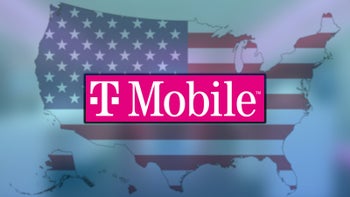
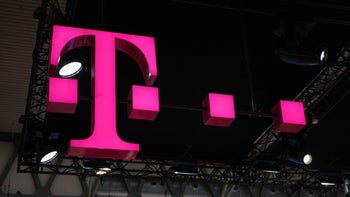
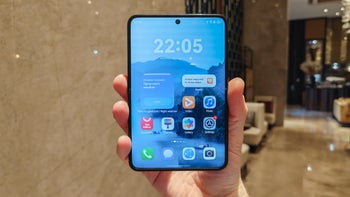

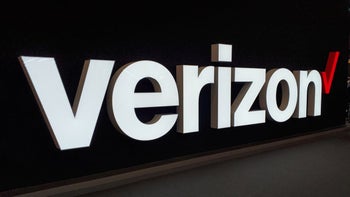




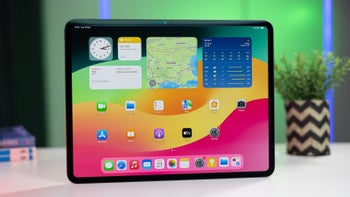

Things that are NOT allowed: